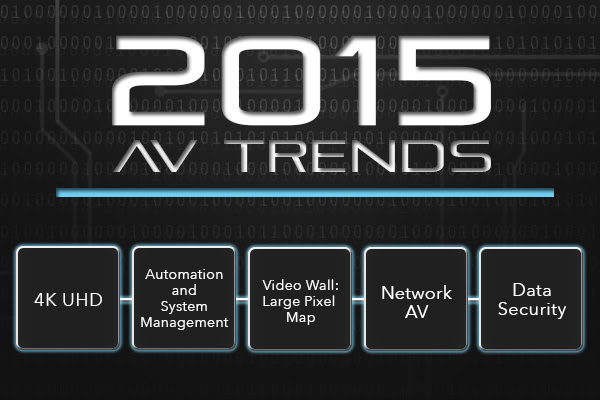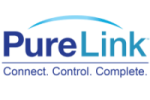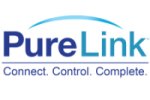
With the goal of delivering the most practical, reliable, easy-to-use AV connectivity solutions that work – now and in the future – here is our list of key trends for 2015:
4K UHD
As AV technology, the internet, and networking continue to merge, 4K content is becoming more readily available. Companies such as Amazon, YouTube, NetFlix, Vimeo, and others now provide streaming and/or download of 4K UHD content. 2015 proves to be the year that 4K content catches up to the rest of the UHD system architecture. Markets including medical imaging, utility and transportation management, emergency management, military, and digital signage, to name a few, will also see an upward trend in 4K implementation.
Automation and System Management
Larger system integrations have launched the necessity to monitor and automate management of equipment and resources. We expect to see automation and system management be more relevant in smaller systems and spaces. A simple conference room will now be automatically driven and monitored, providing higher efficiencies, better maintenance, and improved user experience.
Video wall: Large Pixel Map
Requirements for large scale visual mapping are increasing every year and throughout increasing markets. From retail displays to emergency management facilities, video is the new black, replacing print ads and requiring larger pixel maps for the increasing number of security cameras patrolling our highways and towns. With decreasing prices on LED displays, look for higher usage of video wall displays across all markets.
Network AV
A growing number of AV products will be moving audio, video, control, and data via networks instead of only through transport standards like HDMI. The AV source, distribution, management, and display system will include network topologies, standardizing network technologies including video and audio management as well as data.
Data Security
Many markets and company’s rely on their data to be easily shared when needed, while preserving data integrity and security. Changes in both hardware markets and software encryption quality will make fiber as or more feasible cost wise, and the data more secure. These topics will be relevant in system design discussions as we see more installations with increased number of collaboration rooms.






